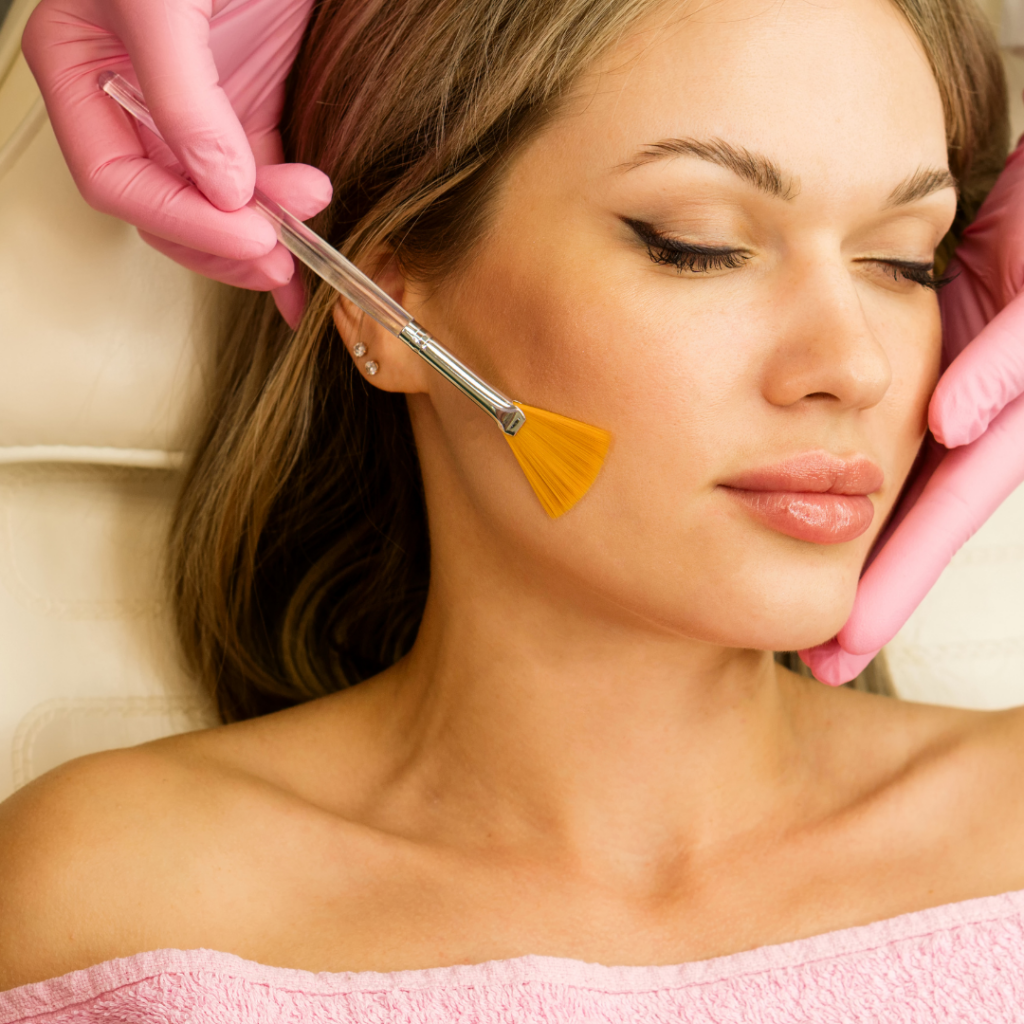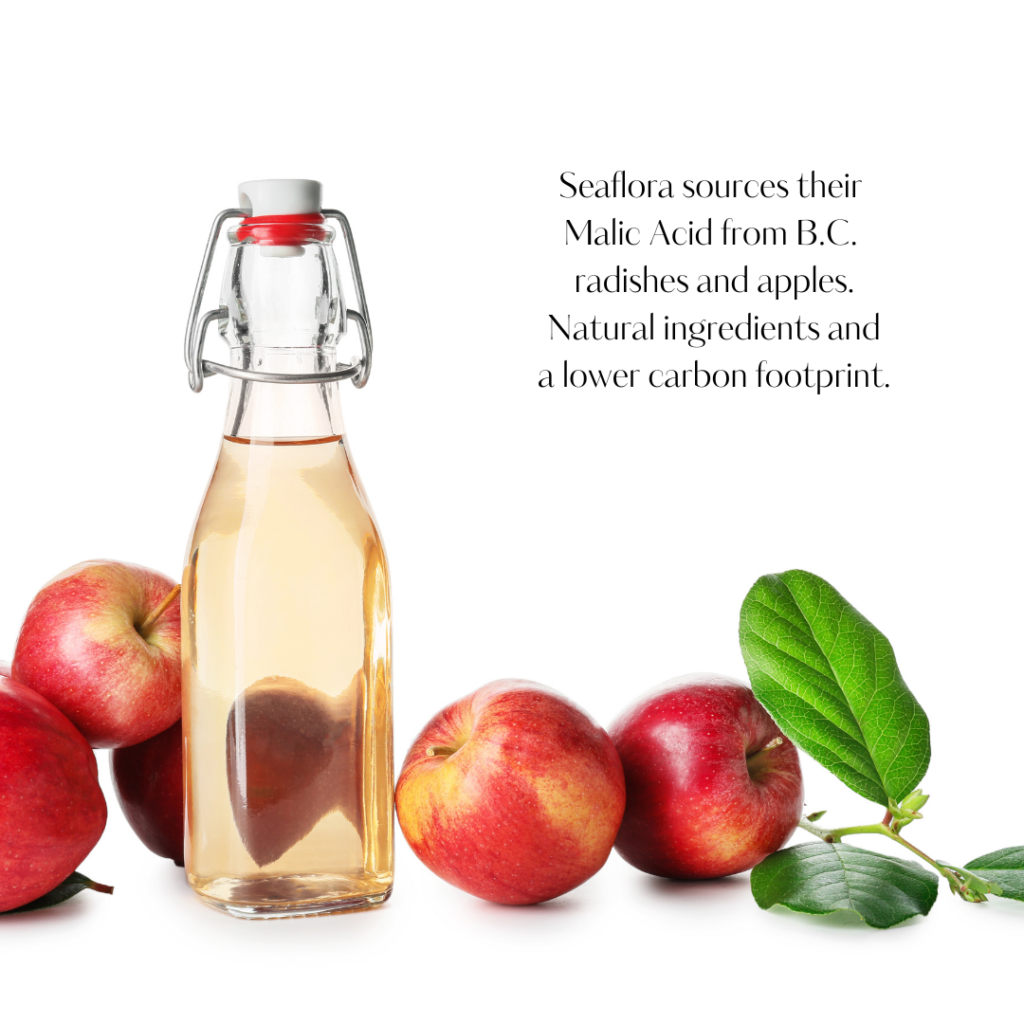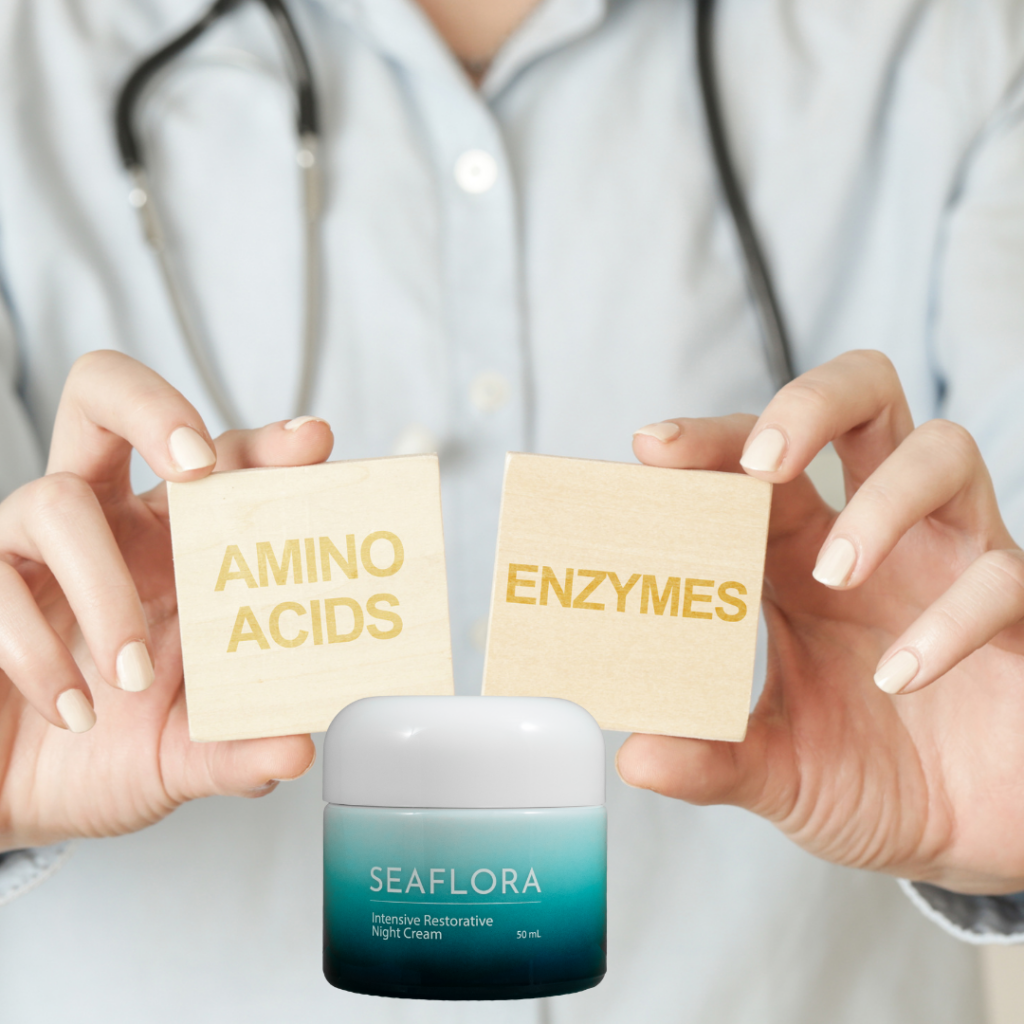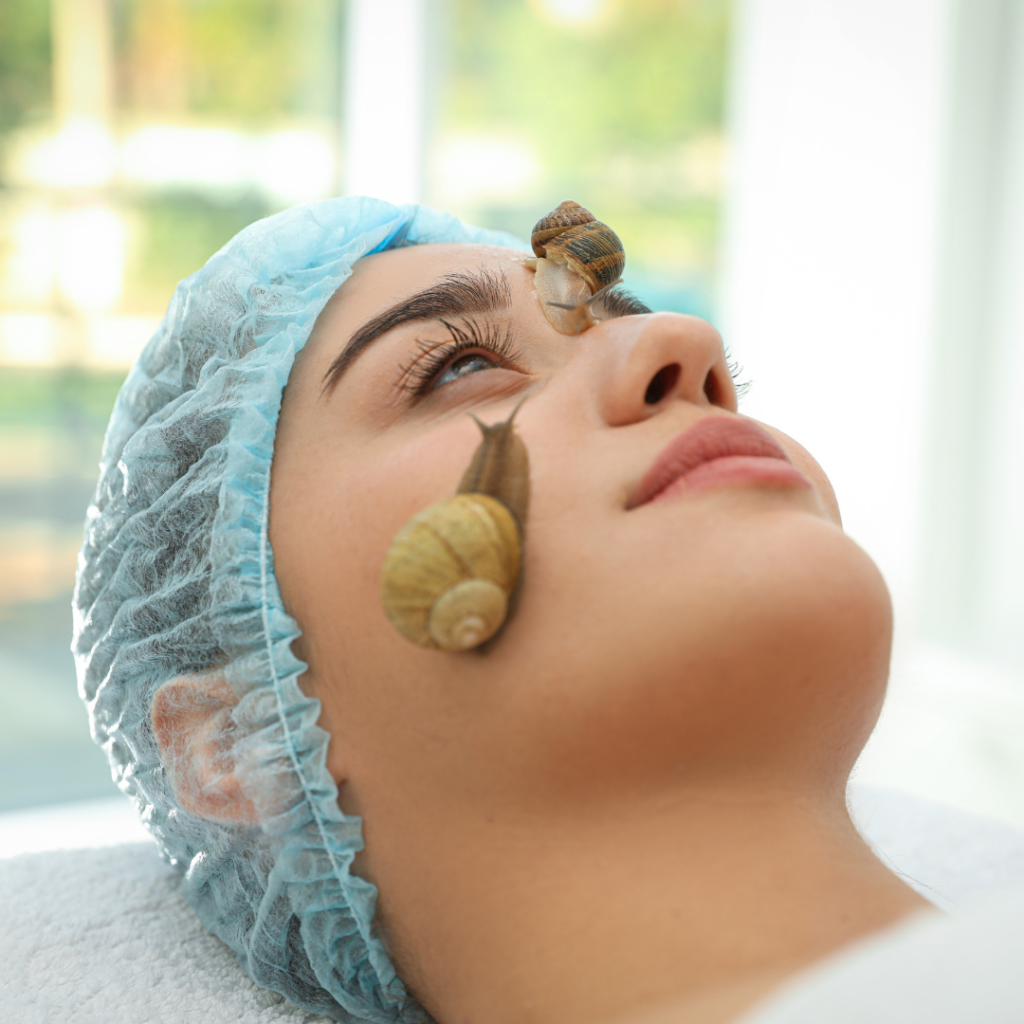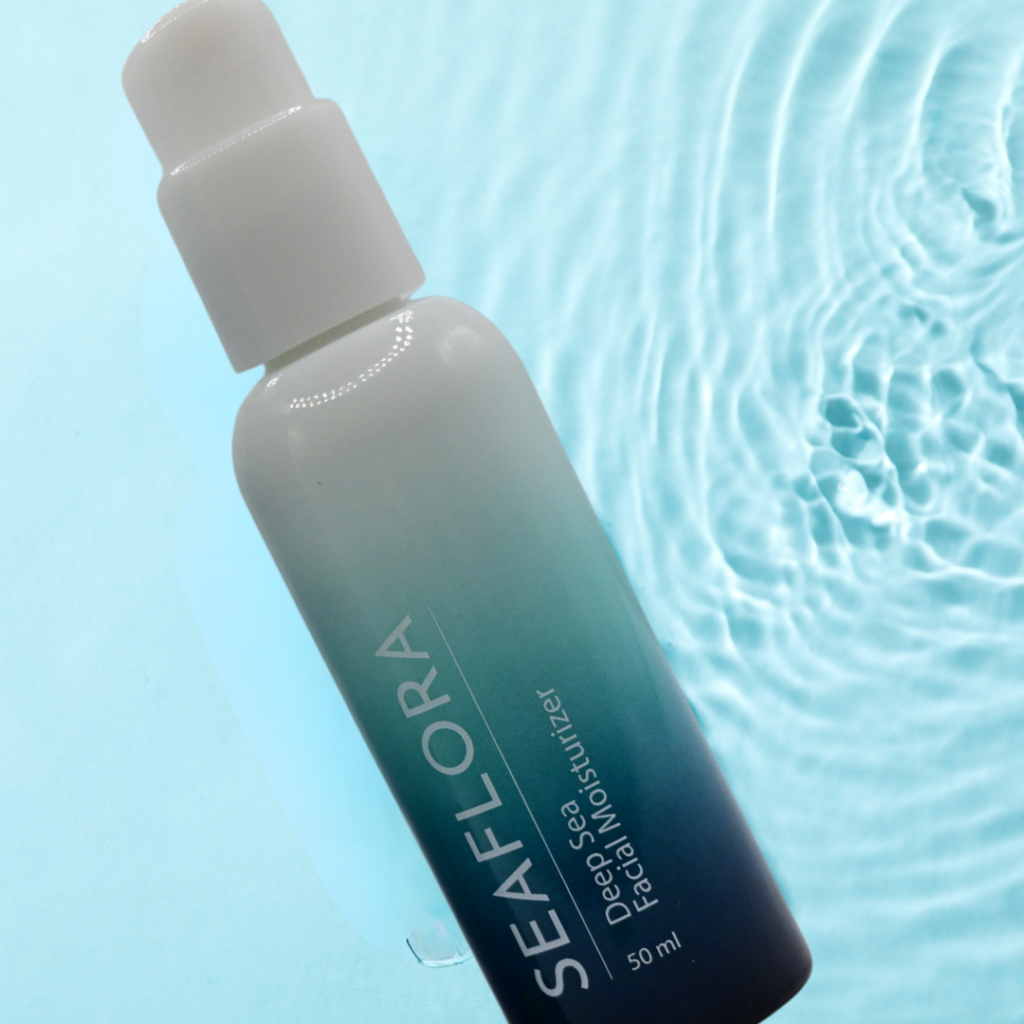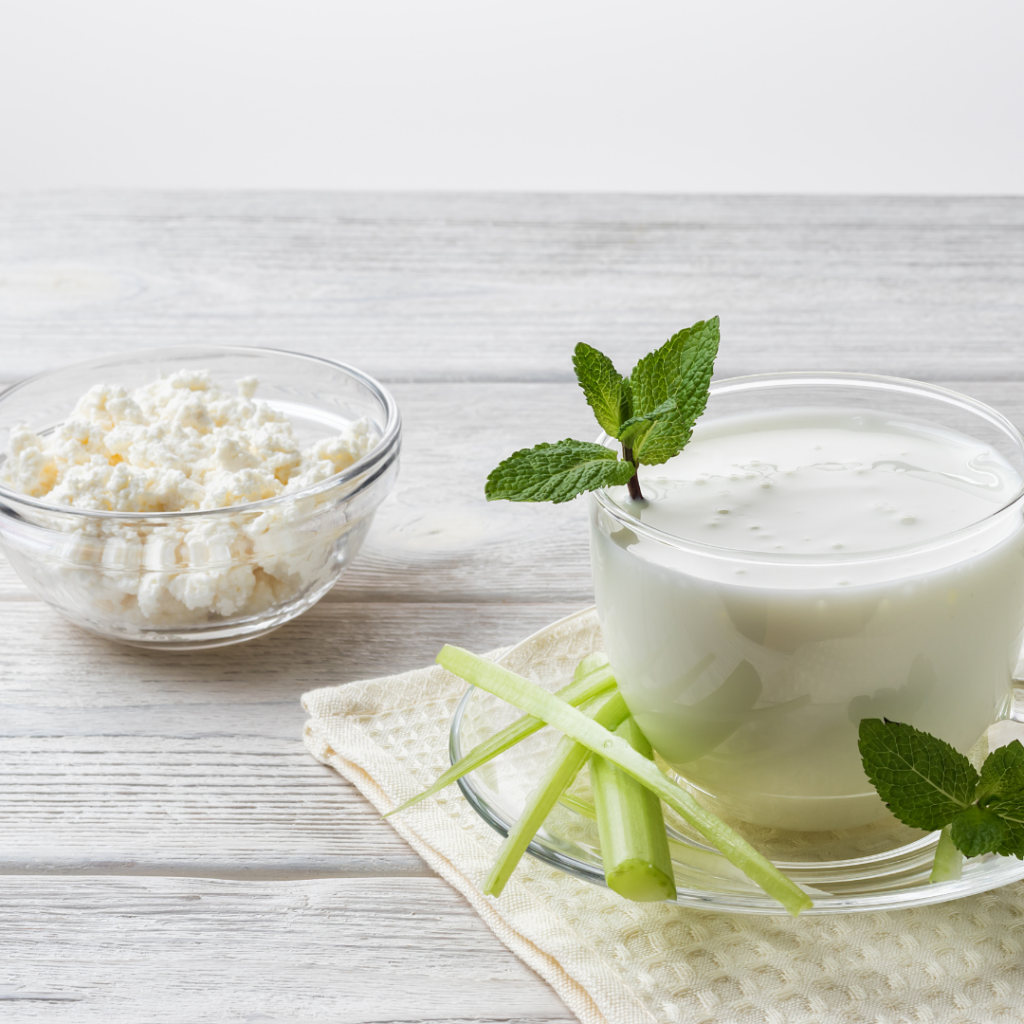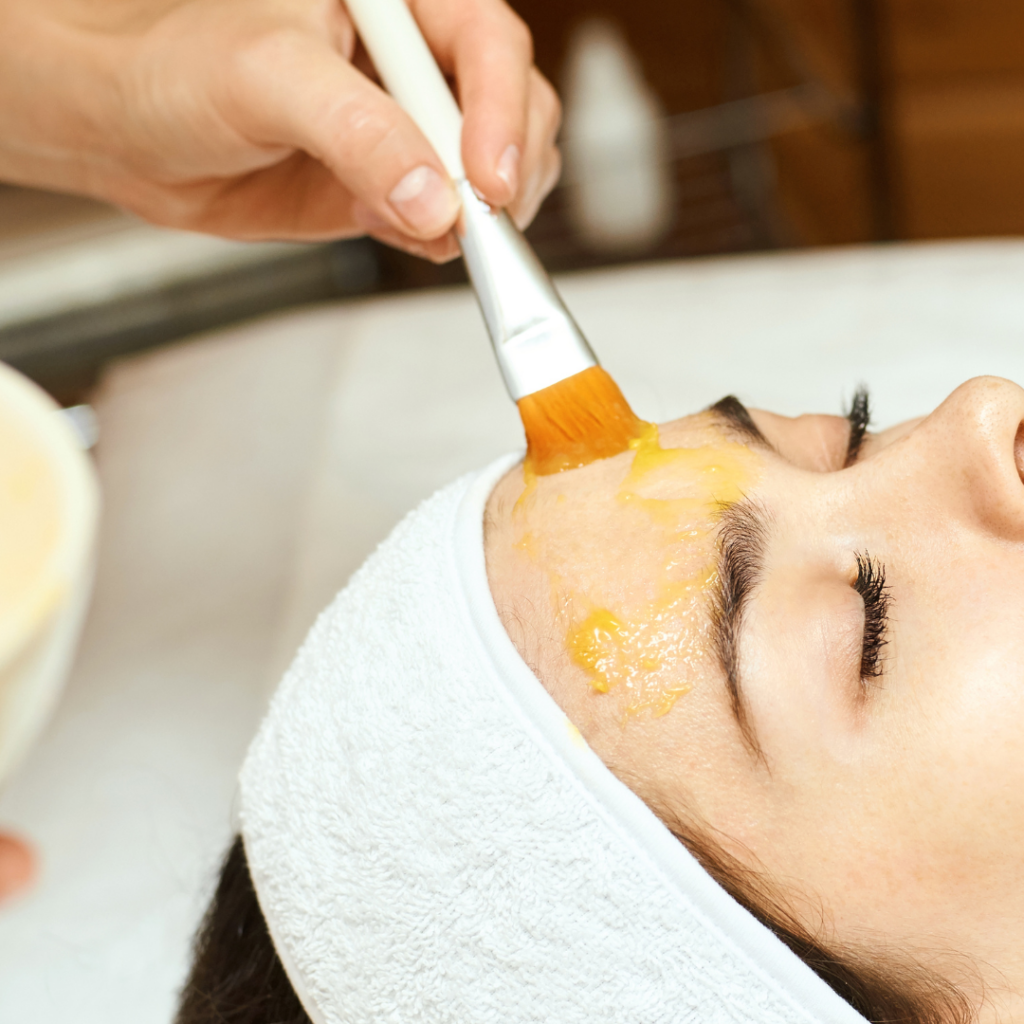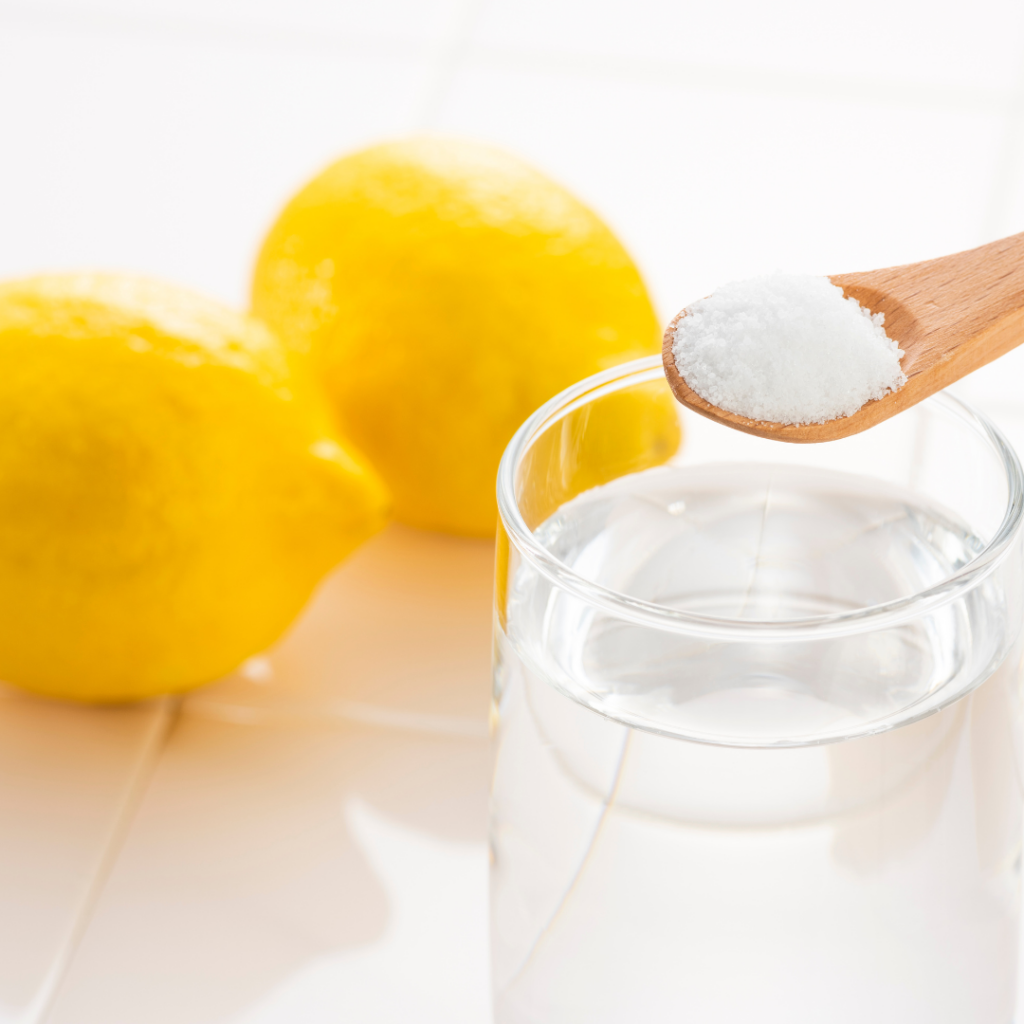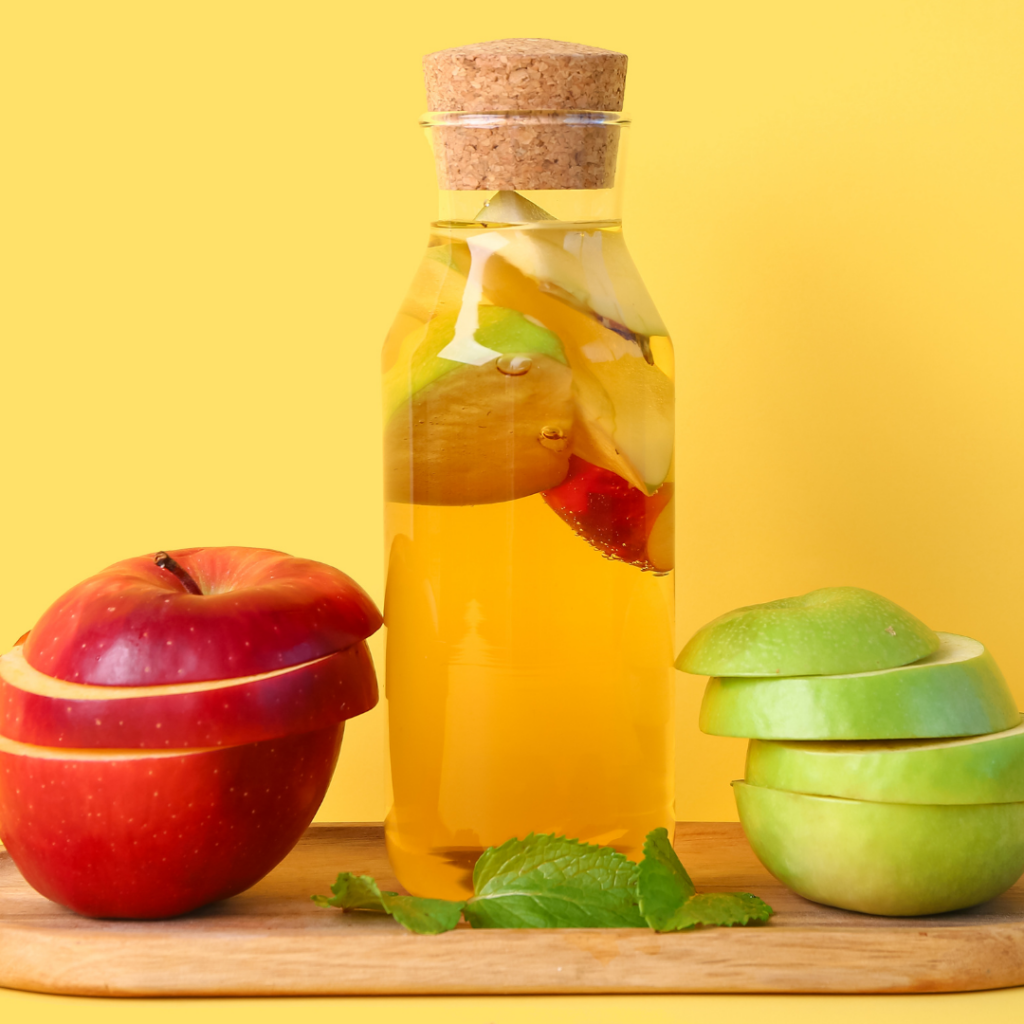All You Need to Know On Alpha Hydroxy Acids (AHAs) in Skincare
Ever wonder why Cleopatra’s milk baths gave her legendary skin? The secret isn’t in the dairy, but rather a sassy little ingredient that’s probably in your pantry right now! Dive in as we unravel the beauty elixir of queens: Alpha Hydroxy Acids – nature’s gift for a timeless glow.
Improving Skin Firmness
Alpha Hydroxy Acids (AHAs) are a group of naturally-occurring, water-soluble exfoliating acids found in foods and used in skincare products. Derived from plant sources (such as fruits and milk), AHAs are celebrated for their exfoliating properties. By gently sloughing off the top layer of dead skin cells, AHAs reveal smoother, brighter, and more rejuvenated skin underneath.
Types of Alpha Hydroxy Acids (AHAs)
Common AHAs include glycolic acid (from sugar cane), lactic acid (from milk), citric acid (from citrus fruits), and others. In skincare routines, they can help improve skin texture, diminish fine lines, and brighten complexion.
Not all AHAs are derived from natural sources, though many originate from fruits, milk, or other natural substances. In the skincare and cosmetics industry, AHAs can be sourced naturally or synthesized in a laboratory.
It’s essential to note that both natural and synthetic ingredients have their place, and neither are “better” than the other. It’s all about the specific ingredient, how it’s sourced or produced, and its intended use. Consumers should research individual ingredients and make informed decisions based on their needs, values, and any potential sensitivities or concerns.
“I started using an AHA product recently, and I’ve noticed a significant improvement in skin texture and brightness. It’s become a staple in my skincare routine!” – Dr. Julie Karen, Dermatologist.
Common Natural Alpha Hydroxy Acids
Alpha Hydroxy Acids (AHAs) come in several forms, each derived from different natural sources. Here are the most common types of AHAs:
Glycolic Acid: Derived from sugar cane, glycolic acid has the smallest molecular size of all the AHAs. This allows it to penetrate the skin more easily. It’s one of the most commonly used AHAs in skincare for its exfoliating properties.
Lactic Acid: Derived from sour milk or fermented products. Lactic acid is milder than glycolic acid and is particularly suitable for sensitive and inflamed skin. It not only exfoliates but also moisturizes the skin.
Citric Acid: Sourced from citrus fruits (like oranges and lemons), citric acid acts as an antioxidant. It’s less frequently used for its exfoliating properties compared to the other AHAs.
Malic Acid: Derived from apples, malic acid is often combined with other AHAs in skincare formulations to enhance their effectiveness.
Tartaric Acid: Found in grapes, tartaric acid is less commonly used than other AHAs in skincare routines but still offers exfoliating benefits.
Mandelic Acid: Derived from bitter almonds, mandelic acid has a larger molecular structure. This means it penetrates the skin more slowly and can be less irritating for some skin types.
Hydroxycaproic Acid: Extracted from royal jelly, hydroxycaproic acid is less common in skincare products. Despite this it has been studied for its potential skin benefits.
Have you ever tried an AHA product? What were your results? Did it help your skin concerns?
Seaweed Offers Natural Alpha Hydroxy Acids
Alpha hydroxy acids derived from seaweed are comparable to those derived from other natural sources. This is due to their effectiveness in exfoliating the skin and promoting cell turnover.
However, seaweed-derived AHAs may have additional benefits due to the presence of other bioactive compounds such as polyphenols, sulfated polysaccharides, unsaturated fats, peptides, and amino acids, which exhibit multiple antioxidant properties.
Seaweeds are a renewable source of high value compounds, such as omega-3 PUFAs, omega-6 arachidonic acid, fucoxanthin, fucosterol, and some polyphenols. AHAs derived from seaweed are a promising natural source of bioactive compounds found to have anti-photoaging and offer multiple skin health benefits.
“One of my favourite AHA products is Seaflora’s Recovery Facial Gel. They use malic acid from B.C. sourced radishes and apples. The low carbon footprint, and seaweed based exfoliating serum calms my rosacea and keeps it at bay. It’s gentle enough for daily use, and I’ve personally seen great results.” – Mike MacKenzie, British Columbia
What Do Alpha Hydroxy Acids Do for Your skin?
Some studies suggest that Alpha hydroxy acids can increase the production of collagen, a protein that provides the skin with its firmness and elasticity. Over time, boosted collagen can contribute to more youthful-looking skin.
By removing the top layer of dead skin cells, AHAs can enhance the skin’s ability to absorb other skincare products, allowing serums, moisturizers, and treatments to penetrate deeper and be more effective. Some AHAs, like lactic acid, have humectant properties, which can draw moisture to the skin, helping to keep it hydrated. AHAs can also help in preventing clogged pores, which can lead to breakouts.
Here’s a breakdown of the multifaceted benefits AHAs do for the skin:
Exfoliation: The primary benefit of AHAs is their ability to exfoliate the skin. They work by loosening and dissolving the bonds between dead skin cells on the skin’s surface. By promoting the shedding of these new skin cells below, AHAs reveal fresher, smoother skin underneath.
Improved Skin Texture: By accelerating the skin’s natural shedding process, AHAs can smooth out rough texture and reduce the appearance of fine lines and wrinkles.
Brightening: The exfoliating properties of AHAs can help diminish the appearance of dark spots and discolorations on dull skin, leading to a smoother texture and a brighter and more even complexion.
Increased Collagen Production: Some studies suggest that AHAs can increase the production of collagen, a protein that provides the skin with its firmness and elasticity. Over time, boosted collagen can contribute to more youthful-looking skin.
Enhanced Product Penetration: By removing the top layer of dead skin cells, Alpha hydroxy acids can enhance the skin’s ability to absorb other skincare products, allowing serums, moisturizers, and treatments to penetrate deeper and be more effective.
Moisturization: Some AHAs, like lactic acid, have humectant properties. This means they can draw moisture to the skin, helping to the skin properties keep it hydrated.
Improved Acne: For some individuals, the exfoliating action of AHAs can help in preventing clogged pores, which can lead to acne breakouts. However, it’s important to note that while AHAs can help with surface acne, they might not be as effective against deeper cystic acne.
“A little tip I’ve learned over the years? Always apply sunscreen after using AHA products in the morning. It’s saved me from a few unexpected sunburns!” – Tony Scianna, Journalist
What are the six most common Alpha Hydroxy Acids?
The six most common alpha hydroxy acids are:
- Glycolic acid
- Lactic acid
- Citric acid
- Hydroxycaprylic acid
- Hydroxycapric acid
- Malic acid
How AHA exfoliants work on skin
Alpha hydroxy acids exfoliate the skin by loosening and dissolving the bonds between oil and dead cells, speeding up the skin cells renewal process. They work by peeling away the dead skin cells on the skin’s surface, revealing fresh new skin cells underneath. AHAs primarily work on the outer layer (the surface) of the skin, as they are water-soluble ingredients that dissolve the bonds between dead skin cells.
How long will it take to see results from usingAlpha Hydroxy Acids?
Depending on the AHA concentration and how many other aha products that you are using, you may see results in one use. It depends on aha concentration of the products as well as other active ingredients.
BHAs vs AHAs
AHAs and BHAs are both types of hydroxy acids that help promote the skin’s natural exfoliation process. The main difference between AHAs and BHAs is that most AHAs are water-soluble, while BHAs are oil-soluble.
It should be known that AHAs work on the skin’s surface, while BHAs work on the surface as well as within the pores. AHAs are primarily used to treat enlarged pores, fine lines, and other surface-level concerns, while BHAs are ideal for people with oily or acne-prone) skin type. BHAs can penetrate deeper into the pores than AHAs, making them more effective at clearing up blemishes. Both AHAs and BHAs are effective at exfoliating the skin and promoting cell turnover, so they both have the potential to improve the appearance of your skin. However, each one has unique benefits that make it a better choice for certain skin types.
“”I was hesitant to try AHAs at first because I thought they would be too harsh on my skin. But after doing my research and trying them out, I realized they’re not as intimidating as they sound. Actually even with my hypersensitive skin, I can use Seaflora’s Hydration Treatment with Malic Acid daily and I swear by it now.” – Allison Shirely, Cochrane B.C.
Types of BHAs
BHAs are found in many skin care products, and they are also found naturally in fresh fruit (berries, pineapple, papaya, etc.), milk and yogurt, wintergreen leaves, sweet birch, and some other plants.
BHAs used in skincare all come from one source, willow tree bark, and it’s often listed on products as salicylic acid.
Lactic Acid and Skin Microbiota
Lactic acid is a type of alpha-hydroxy acid (AHA) that is produced by lactic acid bacteria. Lactic acid bacteria are beneficial to human health and have wide applications in food, cosmetic, and medicine industries due to their therapeutic and functional properties.
Recent studies have shown that lactic acid bacteria extracts can help improve the microbiome of the human skin, and that lactic acids can promote the colonization of the skin by protective, symbiotic microorganisms. Lactic acid is also one of the natural moisturizing factors of the stratum corneum skin barrier, which helps to hydrate the skin surface and maintain a healthy skin barrier.
Should You Use AHAs, BHAs, or Both?
Both AHAs and BHAs are effective at deep exfoliation, but they work in different ways. AHAs work on the skin’s surface, while BHAs work on the surface as well as within the pores. AHAs are primarily used to treat enlarged pores, fine lines, and other surface-level concerns, while BHAs are ideal for people with oily or acne-prone skin.
Whether to use AHAs, BHAs, or both depends on your skin type and concerns. If you have dry skin, you should use an AHA because it will be more gentle on your skin. If you have oily skin or acne-prone skin, you should use a BHA because it will be more effective at penetrating the pores and clearing up blemishes
Clinical Peeling Concentration of Alpha Hydroxy Acids
The clinical peeling concentration of AHAs varies depending on the type of AHA and the intended use of the product.
- Superficial peels largely comprise low-to-medium strength alpha-hydroxy acids (AHA) (e.g., 30–50% glycolic and 10–30% lactic acid)
- Products for an office-based peeling contain usually up to 70% AHAs and reach a pH of 2 or lower
- A lightweight exfoliating gel with a 20% concentration of AHAs is used for superficial skin cells
The extent of chemical exfoliation depends on the type and concentration of the AHA, its pH, and other ingredients in the product. AHA peels are preferred to harsh chemical peeling for a more even toned skin and less risk of chemical burns.
Malic acid
Malic acid is an alpha-hydroxy acid (AHA) that is a mild exfoliant, which can help improve skin texture and pigmentation, promote cell renewal, and reduce fine lines and wrinkles.
Malic acid is a humectant, which means it promotes skin hydration through moisture retention. It helps balance the skin’s pH and the pH of skincare products. Its gentle and suitable for people with rosacea, acne, and melasma-prone skin.
Malic acid has been used in skincare since 1785 when it was first extracted from apple juice. It is a natural ingredient found in apples and tart glasses of wine, making it a great seasonal source for healthy skin.
Using products with malic acid may increase collagen production and reduce signs of aging. The gentle aid in skin cell turnover, promotes collagen production. This is why you will find this ingredient in anti-aging skin care.
Sea Therapy Clean Skincare
These Seaflora products utilize willow bark and malic acid to provide gentle exfoliation, hydration, and brightening benefits for the skin:
- Potent Seaweed Serum: This serum is recommended by dermatologists for its ability to brighten the complexion and boost collagen using natural food-grade ingredients. It contains red algae, three types of vitamin C, and white willow bark. The serum is lightweight and fast-absorbing, providing skin renewal benefits and protection against environmental stressors.
- Iridaea Bioactive Facial Masque: This anti-aging collagen and clay mask is clinically proven to improve skin texture, brighten skin tone, and minimize pores. It contains organic seaweed elixir, marine peptides, spirulina, and vitamin C.
- Iridaea Purifying Facial Masque: This facial mask is designed for deep pore cleansing and is formulated with kaolin clay, colloidal clay, and algae. It helps draw out excess oils, reduce breakouts, and minimize pores.
- Potent Sea Kelp Facial Masque: This ultra-glow brightening mask contains red algae, vitamin C, kaolin clay, and aloe. It helps improve skin texture, tone, and brightness.
- Hydrating Recovery Facial Gel: This lightweight facial gel is formulated with malic acid, organic seaweed, and hyaluronic acid to provide hydration, soothe the skin, and promote a more youthful appearance. It is suitable for all skin types, including sensitive skin.
- Eye Sea Relief Serum: This eye serum is designed to reduce the appearance of dark circles, puffiness, and fine lines around the eyes. It contains organic seaweed, hyaluronic acid, and malic acid to boost collagen production and promote cell renewal.
All of these Seaflora products score 100/100 on the YUKA app and have been trusted by leading spas for decades. Try switching to a Seaflora skin care routine and watch your skin adjusts with naturally sourced malic acids, hyaluronic acid, and other effective active ingredients.
Glycolic Acid
Glycolic acid is an alpha-hydroxy acid (AHA) that is derived from sugarcane. It is a colorless, odorless, and hygroscopic crystalline solid that is highly soluble in water.
Benefits:
- Glycolic acid works by loosening the glue-like substance that holds dull and dead skin cells on the topmost layer of your skin, revealing newer, healthier skin.
- It stimulates new cell generation, resulting in improved skin texture, tone, and a brighter complexion.
- Glycolic acid has the smallest molecular size of all the AHAs, making it the most bioavailable and active, allowing it to penetrate the skin the most easily.
- It can remove the very top layer of skin cells without the need for scrubbing, which can cause irritation.
- Glycolic acid can help boost collagen production and support skin moisture.
- It can help minimize the appearance of fine lines, uneven texture, and dull skin tone.
- Glycolic acid is an essential ingredient that helps slough away dead and dehydrated skin cells on the surface layer of the skin.
Uses:
- Glycolic acid is used in various skincare products, including cleansers, toners, moisturizers, peels, and masks.
- It is used to treat skin conditions such as acne, aging skin, dark skin patches on the face, and acne scars.
- It is also used for stretch marks and other conditions, but there is no good scientific evidence to support these other uses.
- Glycolic acid is used in organic synthesis, in a range of reactions including oxidation-reduction, esterification, and long chain polymerization.
- It is used as a monomer in the preparation of polyglycolic acid and other biocompatible copolymers.
It is recommended to use glycolic acid under the guidance of a dermatologist or skincare professional, and to start with a low concentration and gradually increase as tolerated by the skin.
How Are AHAs and BHAs Different From Physical Exfoliants?
AHAs and BHAs are chemical exfoliants that work by dissolving the bonds between dead skin cells, while physical exfoliants work by physically scrubbing away dead skin cells. AHAs and BHAs are suitable for different skin types and concerns, and they can be found in a variety of skincare products.
Physical exfoliation can be effective at removing dead skin cells, but they can also be harsh and cause damage to the skin’s natural barrier.
“Be sure to use a gentle physical exfoliant such as dry facial brushing. Physical exfoliation with a dry facial brush is recommended up to twice a week to unclog pores and improve absorption of anti aging products.” – board certified dermatologist Deborah Leighton.
Can you use AHA every day?
Using AHA every day depends on the concentration and formulation of the product. Seaflora’s Recovery Facial Gel contains malic acid, which is a gentler AHA that can be used twice a day, according to dermatologists.
Does AHA have side effects?
AHAs are acids that are often used in cosmetic products to improve the appearance of skin. However, using products with AHAs can cause some side effects, including swelling, burning, and itching. AHAs can also make the skin more sensitive to the sun, which can cause sun damage and premature aging. Whether AHAs are good sun damaged skin or bad for the skin depends on how much of it is used. Using a small amount of AHAs can help improve the skin’s appearance, but using too much can cause problems. It is important to use sunscreen when using products with AHAs and to avoid using them on broken or irritated skin.
References:
https://www.ncbi.nlm.nih.gov/pmc/articles/PMC8004118/
https://www.ncbi.nlm.nih.gov/pmc/articles/PMC6017965/
https://www.fda.gov/cosmetics/cosmetic-ingredients/alpha-hydroxy-acids
https://www.ncbi.nlm.nih.gov/pmc/articles/PMC8124752/
https://biooekonomie.de/en/news/skin-care-using-lactic-acid-bacteria

